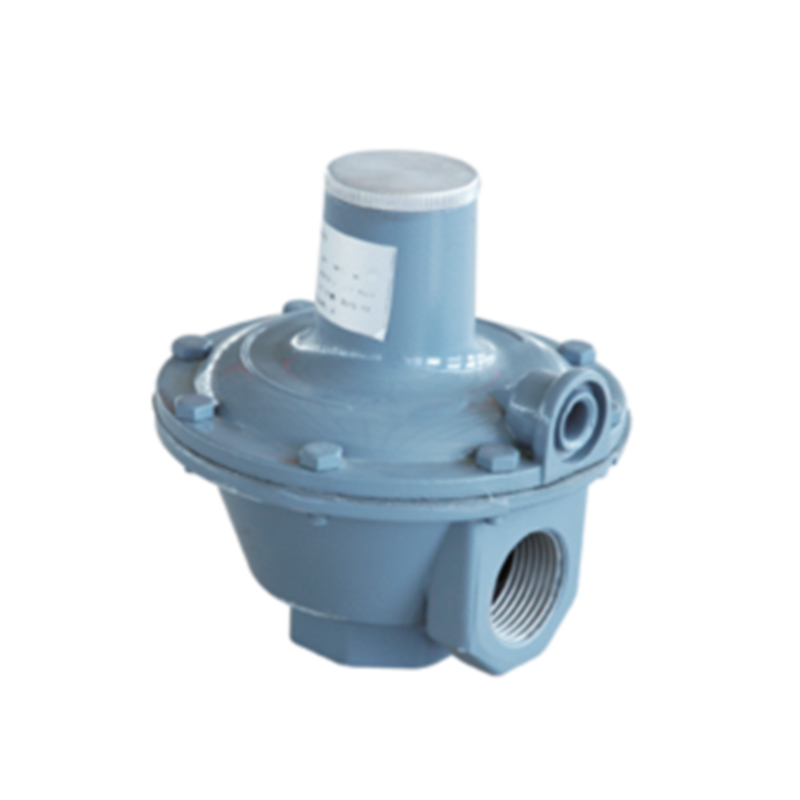
Jul . 28, 2024 15:08
Back to list
Choosing the Best Electric Heaters for Efficient Home Heating in Cold Weather
Understanding Electric Heaters A Comprehensive Guide
Electric heaters are an essential component of modern heating solutions, especially in regions with cold climates. They provide a convenient and efficient way to warm up indoor spaces, ensuring comfort during the chilly months. With the advancement of technology, electric heating options have become diverse, catering to various needs and preferences. This article delves into the different types of electric heaters, their advantages and disadvantages, as well as essential tips for usage and maintenance.
Types of Electric Heaters
1. Convection Heaters These heaters operate on the principle of convection, where warm air rises and circulates throughout the room. Common types of convection heaters include baseboard heaters and wall-mounted units. They are known for providing consistent warmth and are often energy-efficient.
2. Radiant Heaters Radiant electric heaters warm objects and people directly rather than heating the air. This type includes infrared heaters and ceramic heaters, which are ideal for spot heating in small areas. They offer immediate warmth, but the heat dissipates quickly when turned off.
3. Fan Heaters These units combine a heating element with a fan to distribute warm air across the room quickly. While they can heat a space rapidly, they may not be the most energy-efficient option.
4. Oil-Filled Radiators These heaters use electricity to heat oil contained within the radiator. The oil retains heat for a longer time, providing extended warmth even after the unit is turned off. They are silent and efficient but can take longer to heat up initially.
5. Portable Heaters Designed for flexibility, portable electric heaters can easily be moved from room to room. They come in various styles, including tower, tabletop, and space heaters, making them ideal for localized heating.
Advantages of Electric Heaters
electric heaters

Electric heaters have several advantages. They are generally easy to install and require minimal maintenance compared to traditional heating systems such as gas furnaces. Additionally, they offer precise temperature control, allowing users to heat specific areas as needed, saving energy and costs.
The safety features of electric heaters are another significant advantage
. Most modern units come equipped with safety shut-off functions to prevent overheating, which significantly reduces the risk of fire.Disadvantages of Electric Heaters
Despite their benefits, electric heaters also have drawbacks. Their operating costs can be high, especially in areas where electricity prices are elevated. They may not be suitable for heating large spaces efficiently, often necessitating multiple units or a more robust heating solution.
Another limitation is that electric heaters can cause dryness in the air, potentially leading to discomfort for users during prolonged use. It is essential to balance heating with moisture levels in the environment.
Tips for Usage and Maintenance
To maximize the efficiency and lifespan of electric heaters, users can follow several tips. Ensure that the heater is adequately sized for the room to prevent energy wastage. Regularly clean the filters and the exterior of the unit to maintain optimal performance.
Furthermore, consider using a programmable thermostat to regulate heating times, ensuring warmth only when necessary. It is also advisable to keep flammable objects away from the heater and to avoid using extension cords to prevent overheating hazards.
In conclusion, electric heaters play a crucial role in maintaining comfort in cold weather. With various types available on the market, consumers can choose the best option that suits their heating needs. By understanding their advantages and limitations, as well as implementing proper usage and maintenance practices, users can enjoy the warmth and convenience that electric heaters offer.
Latest news
-
Safety Valve Spring-Loaded Design Overpressure ProtectionNewsJul.25,2025
-
Precision Voltage Regulator AC5 Accuracy Grade PerformanceNewsJul.25,2025
-
Natural Gas Pressure Regulating Skid Industrial Pipeline ApplicationsNewsJul.25,2025
-
Natural Gas Filter Stainless Steel Mesh Element DesignNewsJul.25,2025
-
Gas Pressure Regulator Valve Direct-Acting Spring-Loaded DesignNewsJul.25,2025
-
Decompression Equipment Multi-Stage Heat Exchange System DesignNewsJul.25,2025

